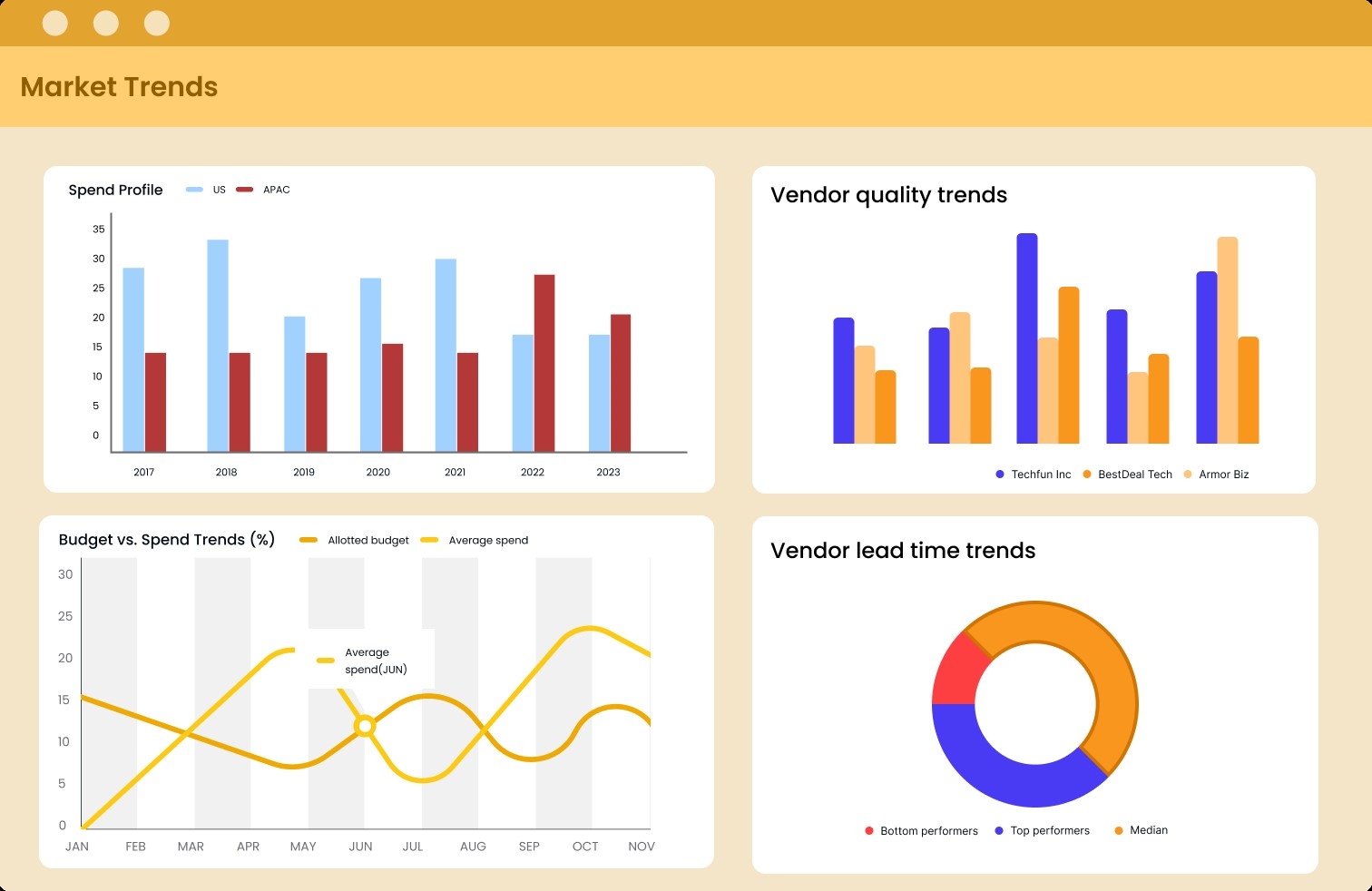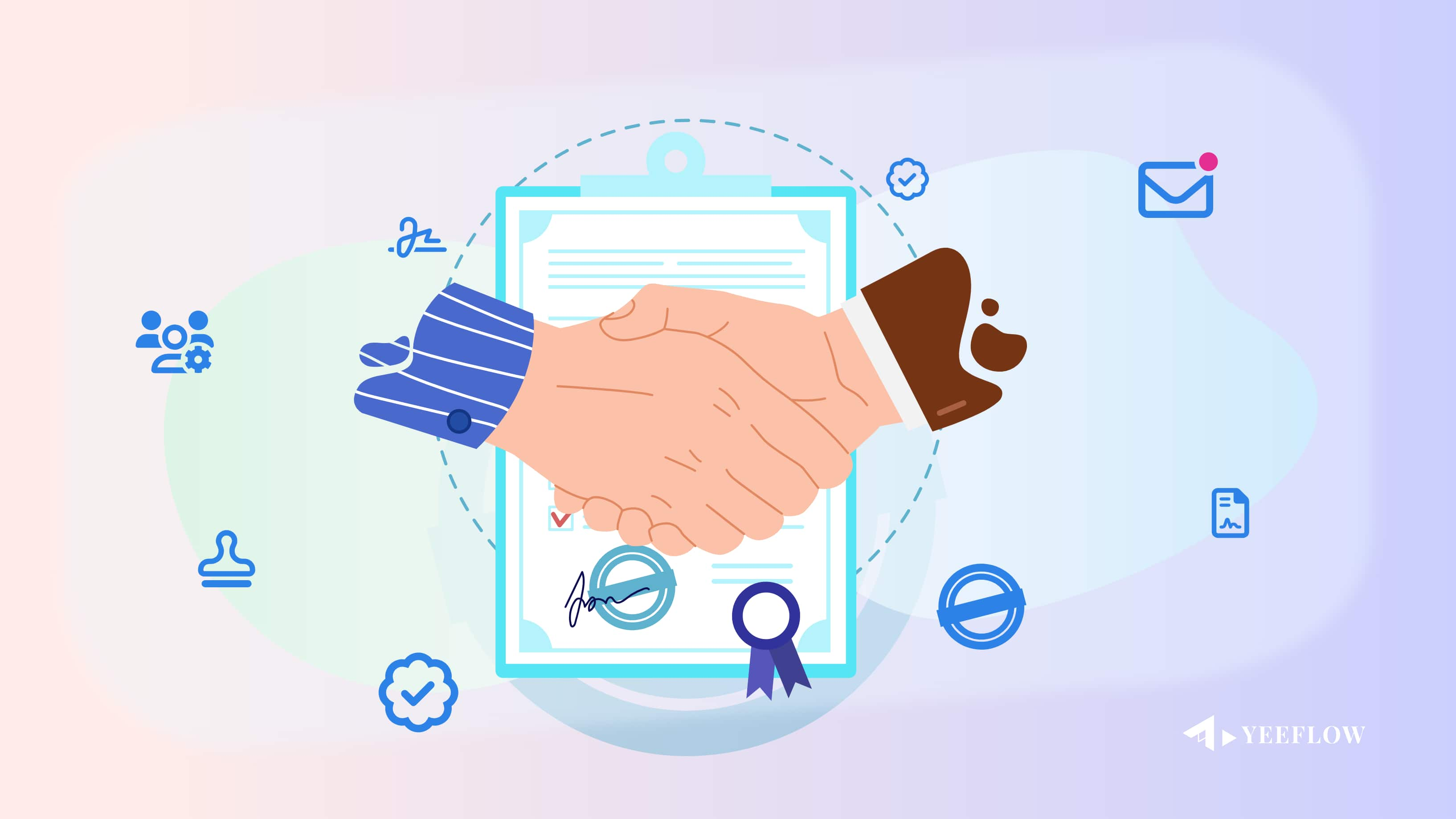Procurement is a critical function that plays a significant role in an organization's success. It goes beyond just purchasing goods and services; it involves a strategic approach that can drive competitive advantage. In this blog post, we'll explore various procurement strategies, including cost leadership, differentiation, and innovation, and how they can impact an organization's bottom line.
1. Cost Leadership Strategy
Cost leadership is a procurement strategy that focuses on becoming the lowest-cost provider in the industry without compromising quality. This approach aims to maximize cost efficiency, reduce production expenses, and ultimately offer products or services at a lower price than competitors.
Key Elements of Cost Leadership:
- Bulk Purchasing: Procure goods in large quantities to negotiate lower prices with suppliers.
- Supply Chain Optimization: Streamline the supply chain to minimize lead times and reduce holding costs.
- Standardization: Standardize components or services to benefit from economies of scale.
- Negotiation Skills: Negotiate favorable terms with suppliers to secure lower prices.
Benefits of Cost Leadership:
- Competitive Pricing: Lower prices attract price-sensitive customers and provide a competitive advantage.
- Market Share: Increased market share as customers are drawn to affordable products or services.
- Cost Savings: Reduced production and operational costs lead to improved profitability.
Example: Walmart is a prime example of a company that employs a cost leadership strategy. They offer a wide range of products at competitive prices, making them a go-to choice for budget-conscious consumers.
2. Differentiation Strategy
Differentiation in procurement is about seeking to provide unique or high-quality products and services that set a business apart from its competitors. This strategy allows organizations to charge premium prices for distinctive offerings.
Key Elements of Differentiation:
- Supplier Selection: Partner with suppliers known for quality and innovation.
- Product Innovation: Collaborate with suppliers on unique product features.
- Quality Control: Rigorous quality assurance to ensure consistent high quality.
- Branding and Marketing: Emphasize the unique attributes of products and services.
Benefits of Differentiation:
- Higher Margins: Premium pricing allows for higher profit margins.
- Customer Loyalty: Attracts customers seeking quality and uniqueness.
- Brand Reputation: Builds a reputation for excellence and innovation.
Example: Apple's procurement strategy emphasizes product differentiation. Their focus on innovation and design has set them apart in the highly competitive tech industry.
3. Innovation in Procurement
Innovative procurement is about thinking outside the box and exploring new ways to improve the procurement process and supply chain. It involves adopting emerging technologies, implementing new processes, and creating unique partnerships.
Key Elements of Innovation in Procurement:
- Technology Integration: Embrace digital tools, automation, and analytics to enhance efficiency.
- Sustainability Initiatives: Implement eco-friendly practices and source sustainable materials.
- Collaboration: Partner with suppliers and stakeholders to drive innovation.
- Continuous Improvement: Encourage a culture of innovation and ongoing process refinement.
Benefits of Innovation in Procurement:
- Competitive Edge: Staying ahead of competitors by adopting cutting-edge practices.
- Cost Reduction: Automation and digitization can lead to cost savings.
- Sustainability: Addressing environmental and social concerns can enhance reputation.
Example: Amazon's use of robotics and automation in its warehouses exemplifies innovation in procurement. These technologies have improved order processing speed and accuracy.
⭐ Data Analytics and Predictive Procurement with Yeeflow⭐

Yeeflow's data analytics capabilities empower organizations to make informed decisions and predict market trends. By harnessing big data, businesses can optimize procurement strategies and ensure cost-effective purchasing.Sign Up Now to try all of Yeeflow features free for 30 days.
Conclusion
Effective procurement is not one-size-fits-all; it requires a tailored strategy that aligns with an organization's goals and resources. Whether a company opts for cost leadership, differentiation, or innovation, a well-crafted procurement strategy can drive competitiveness, cost savings, and value creation.
By understanding and implementing these procurement strategies, organizations can optimize their procurement practices to achieve sustainable growth and success in an ever-evolving business landscape.




